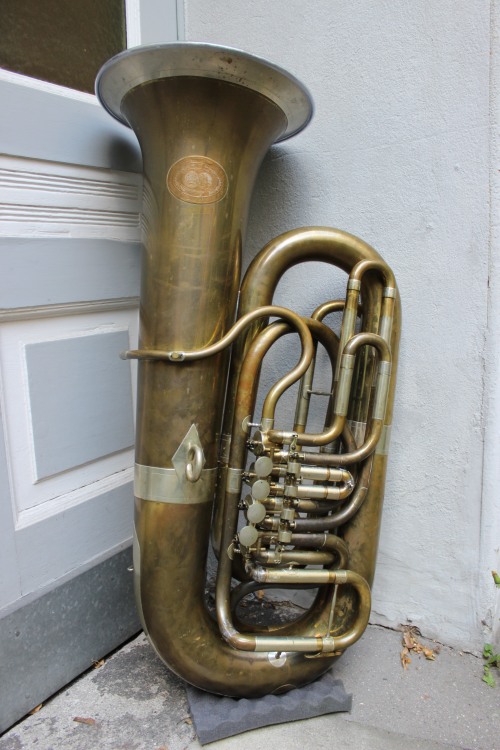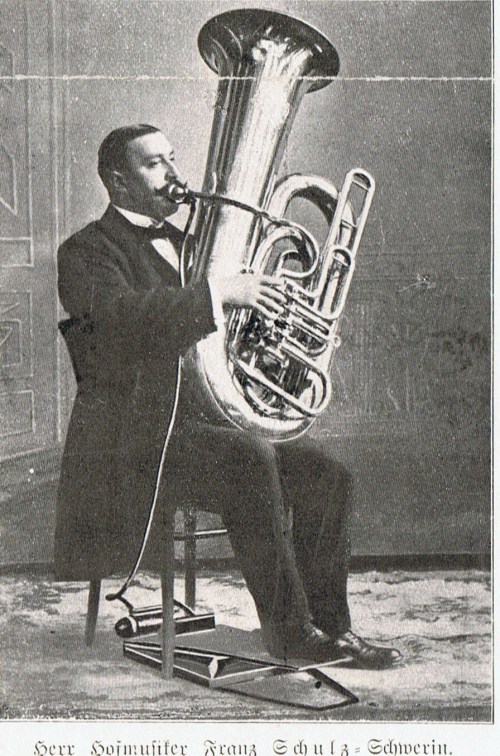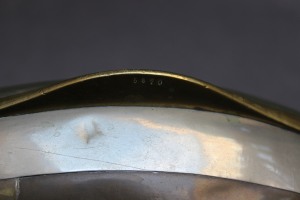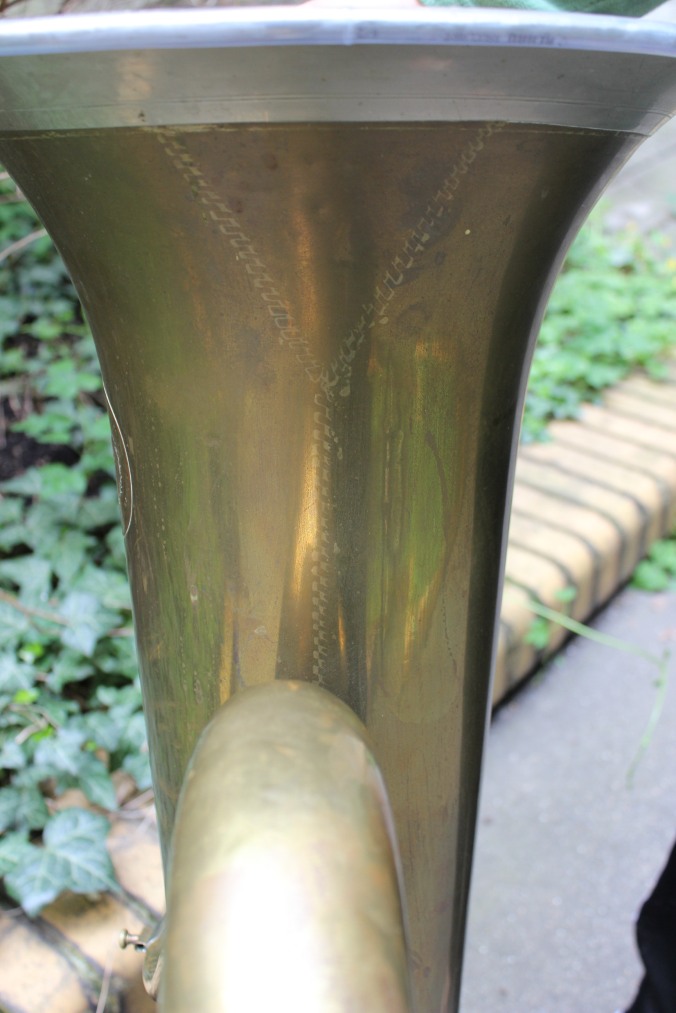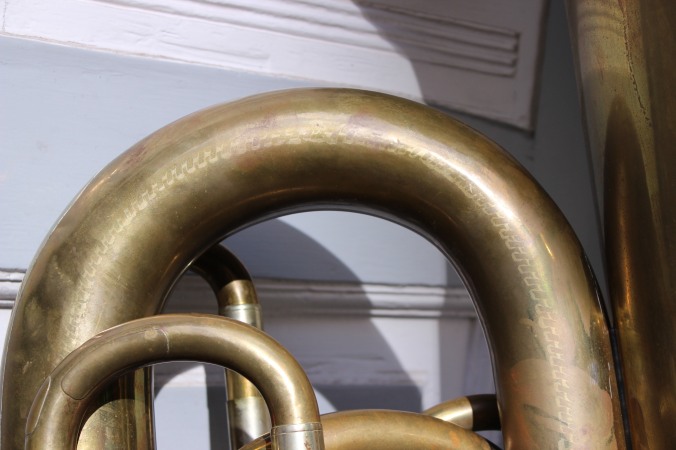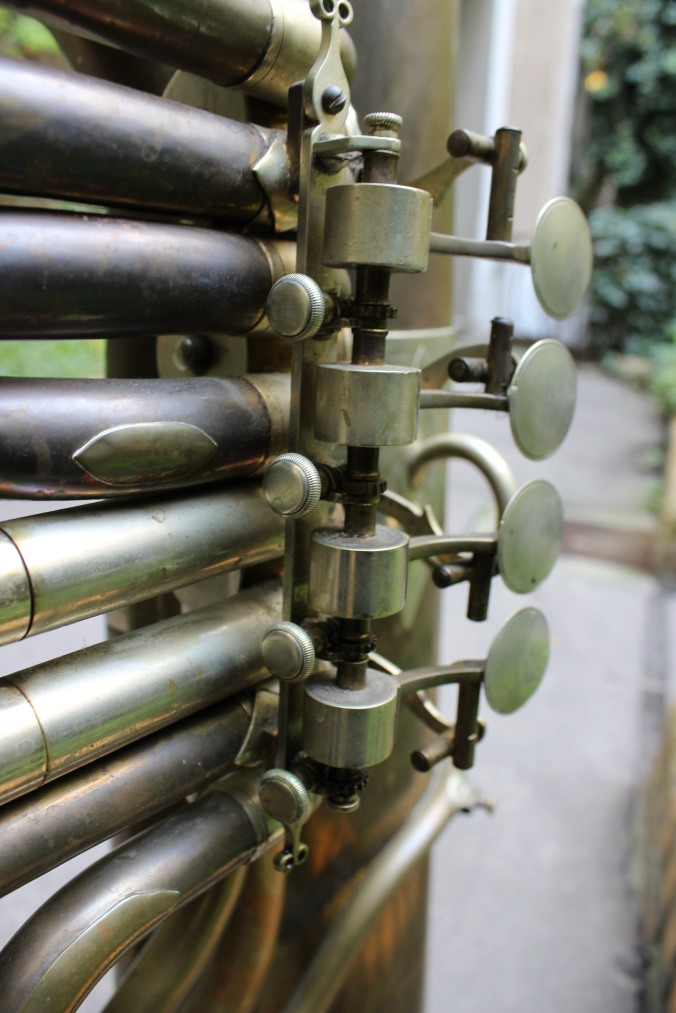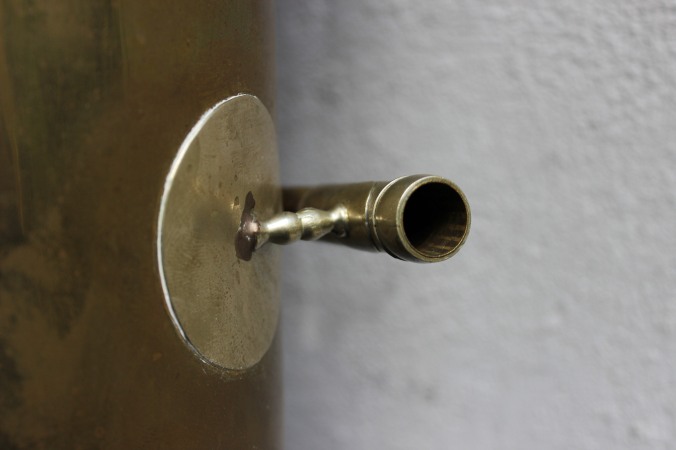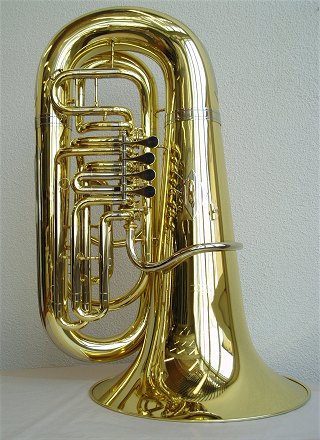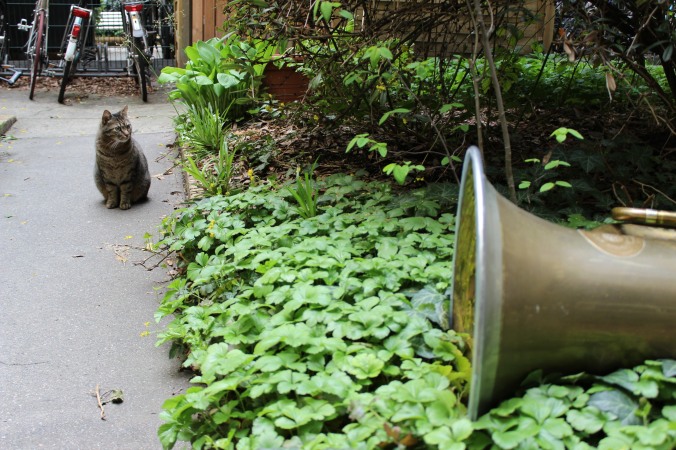From Edward Tarr’s article “Ferdinand Weinschenk Pivotal Figure in German Trumpet History”:
In August 1894 the orchestra had advertised in the music periodical Zeitschrift für Instrumentenbau, and nearly all the instrument makers active in Germany and Bohemia had sent in sample instruments, attracted by the honor which would accrue to those fortunate ones who would be chosen for use by this prestigious orchestra. As a resultant after careful testing, the orchestra ordered four trumpets from F.A. Heckel (Dresden),six horns from Bohland & Fuchs (Graslitz), five trombones from Ed. Kruspe (Erfurt), and one Bb bass tuba from Červený (Königgrätz). As far as the trumpets are concerned, this event was the start of a long-lasting love affair between the Gewandhaus Orchestra and Heckel.*
*see “Lieferung von Blechblasinstrumenten für das Leipziger Gewandhausorchester” in Zeitschrift für Instrumentenbau(ZfI) 15 (1894-95): 112, 121. ZfI) 15 (1894-95): 112, 121.
http://www.historicbrass.org/portals/0/documents/journal/1999/hbsj_1999_jl01_002_tarr.pdf
The aforementioned Červený Bb tuba bought by the Leipzig Gewandhausorchester probably looked something like this:
In addition, we see this tuba pictured together with Herr Franz Schulz,
principal tubist of the Schwerin Theater (northeast Germany) in 1914:
The Aerophone under his chair is a fascinating device worthy of its own article, but that’s for another day. One should also take note that his 3rd valve is tuned to a minor third, a not entirely uncommon practice in eastern Germany until the early 1990s.
As is already well-documented, Červený was founded in 1842 by Vaclav Frantisek Červený (1819-1896) in the former city of Königsgrätz (known as Hradec Králové today). Vaclav Červený was a innovative and prolific engineer – just a quick glance in the catalogues during his 50-year tenure shows the variety and rapid development of the instruments, especially tubas in particular.
The tuba pictured on the far left is probably an earlier version of the feature tuba.
Probably built sometime around or after ca.1900, but for whom we don’t know.
With the serial number on the bottom keel perhaps we can someday find a correlation.
The tuba abounds with plenty of eye candy. That massive thumb ring is familiar to modern Hirsbrunner rotary tuba owners.
Triangular bell seams…fancy stuff. The zipper seams are visible throughout the entire tuba.
Valve springs are adjustable for each individual paddle. The side action rotary valves (Červený Walzer Maschine) have been replated and work great!
Mouthpiece shaft size is equivalent to a modern American shank. I have an original mouthpiece that works well. It’s quite similar to a larger Conn Helleberg.
View from the drivers seat. Notice the lack of braces compared to modern tubas. It gives the horn a somewhat streamlined feel.
Playing characteristics:
Unlike the majority of antique tubas, this one has no learning curve and most certainly doesn’t feel antique. There seems to be no out-of-tune notes. I pull the 4th slide for low E down to the pedal range otherwise it’s plug-and-play. The sound, while not as massive as some of the larger Kaisers, is warm and fat and will push any orchestra off the stage with little trouble and without breaking the sound. While Červený no longer has this model in their catalogue, this tuba obviously left an impression on later makers, such as Willson from Switzerland.
Now if only Willson had actually copied the bugle from the Červený…
Specs:
ca.1900 Červený Kaiser Bb Tuba
height 110cm
bell diameter 41cm, bell with kranz
4 side action rotary valves 21.20mm bore
